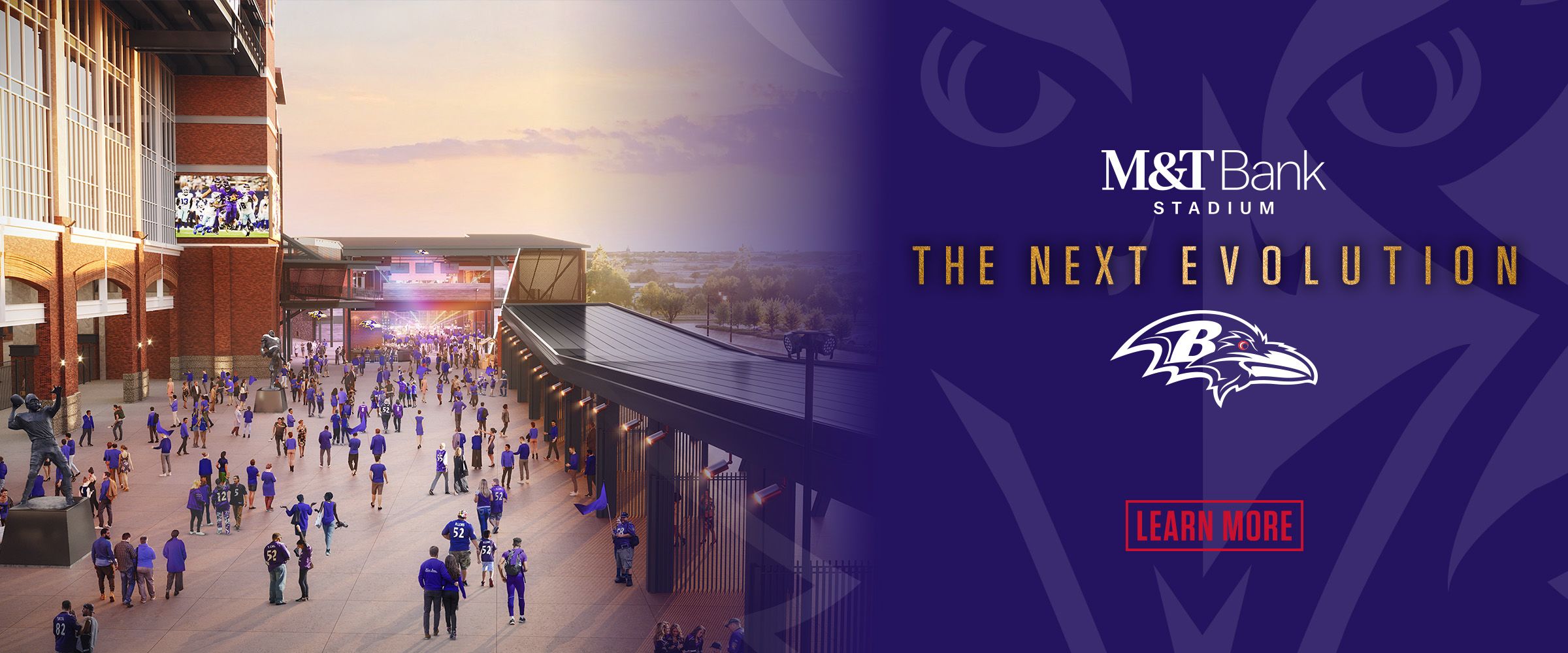Every season, the Ravens' defense typically ranks among the best in the league. This year, that unit will have another weapon at its disposal.
NFL owners approved a rule change that will allow radio transmitters in two defensive helmets for the upcoming campaign, matching the quarterback-to-coordinator communication that has been the norm.
Only one radio can be on the field for each team, and for the Ravens, that person will typically be linebacker Ray Lewis.
Lewis only wore the radio for one quarter before he took the sideline in Baltimore's preseason opener against the New England Patriots, but the early returns are positive for the nine-time Pro Bowler.
"It's cool," Lewis said. "It gives you the same advantage our offense has had. I think you will be able to test it more once you get in front of the crowd and not have to run to the sideline every play or signal in for three or four guys. I think that's going to be great."
But, a more accurate judgment may come from linebacker Nick Greisen, who wore the radio helmet throughout offseason minicamps and during the majority of the Ravens' 16-15 win at Gillette Stadium.
Greisen cited numerous problems, such as a low battery that produced a screeching noise in his ears and a time delay for communication to come from the coaches, not to mention simply getting comfortable with listening to the defensive calls instead of looking to the sideline.
"It was difficult to get used to, and to be honest, I wasn't as happy with it as I thought I would be," said the seven-year veteran. "The problem is that if it doesn't work, you can't tell if a coach is trying to give you a call or not because it doesn't turn on.
"You would almost rather do signals, because at least then you know what you've got. But, we'll get more and more used to it as we go along."
The Ravens have secondary coach Chuck Pagano reciting the calls in to Lewis and Greisen.
Pagano thinks the key is to school the players in both ways of relaying the information - through the airwaves and hand signals.
The more primitive technique, albeit the one teams exclusively used in the past, came in handy for the Ravens in the fourth quarter in New England. Baltimore was already sitting many starting and second-string linebackers, including Lewis and Greisen, and when Prescott Burgess went down with a broken wrist, the knowledge of hand signals was critical for the makeshift unit.
"When we lost everybody towards the end of the game in the end, we were in a tough spot," Pagano said. "We had Brendon [Ayanbadejo] out there, and [Jameel] McClain was playing 'mike' which he's never done before. Jameel didn't even have an earpiece, so we had to use hand signals then.
"Looking back on it, everybody did a great job."
It's obvious that it will still take some work for Lewis and Greisen to fully accept the radios, something that is best accomplished in front of a noisy live crowd.
"There are definitely some kinks to work out," Greisen admitted. "Those are different complications you're not used to dealing with in a football game. Maybe we'll just throw it out and not even use it."
While Lewis didn't go to the extreme of Greisen's tongue-in-cheek response, he agreed with his teammate.
"It's kind of easier out here [on the practice field] because there isn't as much noise, so you can hear really clearly," Lewis noted. "I think you will see the real use of it when you get in a real stadium and it's loud – definitely in our stadium."
They'll both have their first chance this Saturday when Baltimore takes on the Minnesota Vikings at M&T Bank Stadium at 7:30 p.m. - just another incentive for fans to raise the decibel level.


















